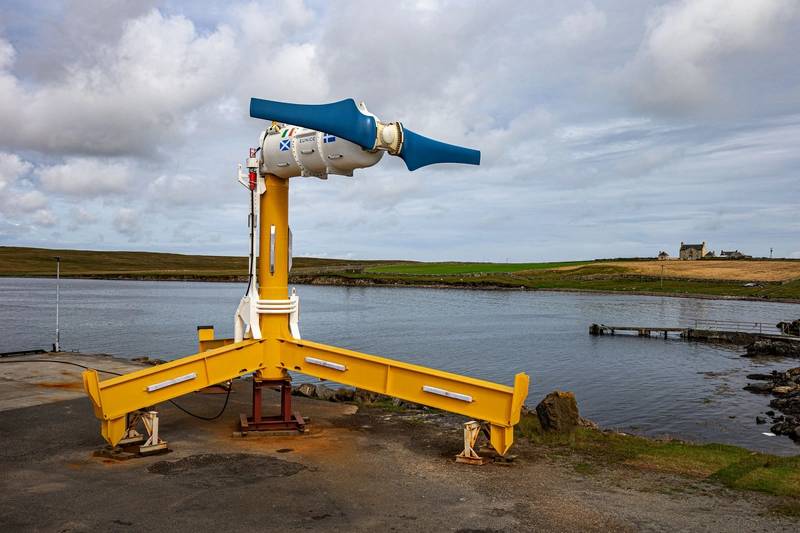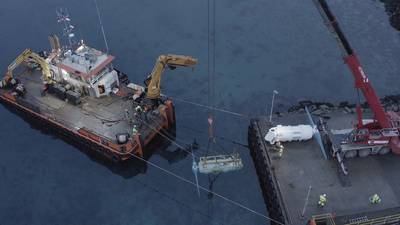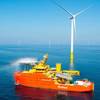EnFAIT Horizon 2020: Tidal Turbine Costs Cut 40%
A European project, led by one of Scotland’s leading tidal developers, has demonstrated that the cost of tidal energy could potentially be reduced by as much as 40 percent, and has produced findings that could redefine the boundaries on what can be achieved by tidal power globally.
The $22m EnFAIT (Enabling Future Arrays in Tidal) Horizon 2020 project, brought together seven partners including Scottish tidal developer Nova Innovation, who manage the world’s first offshore tidal array - the Shetland Tidal Array, and the Offshore Renewable Energy (ORE) Catapult, with the objective of lowering the cost of tidal energy. Starting in 2017 and recently completing, the project has delivered cost reduction, innovation and industry learnings over the past six years.
During the project, Nova Innovation installed three new 100kW direct-drive turbines and a subsea hub alongside the three existing turbines in the Shetland Tidal Array. For the first time, wake effects between turbines in a real world environment were analysed to identify the optimum spacing between turbines in an array, and the effect this has on energy generation. The data collected has helped to calibrate computer modelling that will be invaluable for future tidal energy projects.
Simon Forrest, CEO of Nova Innovation, added: “EnFAIT has been an incredibly successful project. We have reduced costs by 40%, doubled the size of the world’s first offshore tidal array and extended turbine service intervals to two and a half years; all of which are remarkable achievements. These are crucial steps for building investor confidence and making tidal energy bankable.”
The seven EnFAIT partners from across Europe were Nova Innovation, ORE Catapult, IDETA, RSK, SKF, Wood and The University of Edinburgh.
 A Nova Innovation tidal turbine on land - the fourth to be deployed in the Shetland Tidal Array (credit: Nova Innovation).
A Nova Innovation tidal turbine on land - the fourth to be deployed in the Shetland Tidal Array (credit: Nova Innovation).














